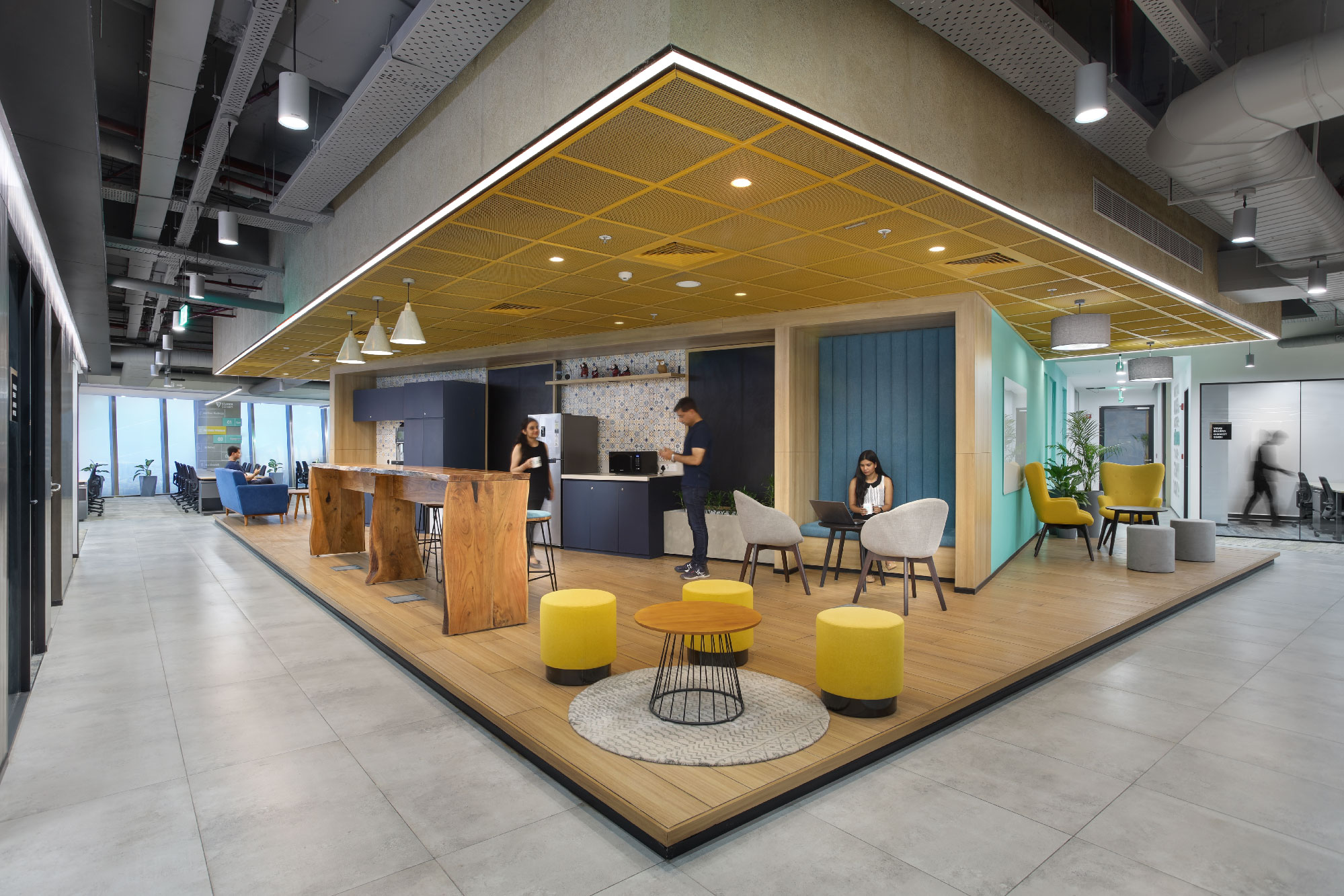Collaborating, solving problems, and thriving are all hallmarks of the workplace. The interior design of an office can significantly impact the productivity and performance of its employees.
Job satisfaction is influenced by workplace interior design. It has a significant impact on how employees work. By improving quality, quantity, and style of work and increasing turnover and absenteeism, workplace design can contribute to organizational success.
A well-chosen office refurbishment service provider can give your workplace a much-needed makeover. Employee experience and productivity are improved as a result. The majority of employee time is spent in the office, so it is important for them to work in an environment that promotes productivity and engagement.
There are several aspects of interior design that can affect the employees’ productivity, which are-
1.Lighting improves productivity
It is essential to provide employees with adequate lighting to ensure their comfort and productivity. The benefits of natural light include increased productivity, creativity, and job satisfaction. Studies have shown that employees who work in well-lit environments are more alert, focused, and productive. Also, adjustable lighting suits individual preferences and tasks. It also affects our mood and reduces depression symptoms.
2.Facilitates in planning of spaces
Different departments are arranged based on their functions and relationships. In most organizations, co-dependent sections are clubbed together, while those that demand privacy or silence, such as accounts and finance, are located at a distance from each other. In the modern age of cloud computing and telecommuting, there is a growing demand for open, flexible spaces that promote mobility.
3. Workplace
Ergonomics
Working long hours in front of the screen and sitting for extended periods of time can affect workers’ fatigue and frustration. In order to prevent this scenario, offices are focusing on ergonomic furniture, which can be achieved by incorporating anthropometric measurements.
A good example would be furniture that promotes neutral posture to a person, sometimes height-adjustable, so one can work comfortably even while standing. Choose a chair with a backrest that reaches the shoulder and an armrest that supports the forearms.
4. Psycho-social stress caused
by noise
Studies show that turning off sound reduces errors in work and increases productivity. Noise reduction can be achieved with Acoustic Panels: Excessive noise can distract and reduce productivity. In order to reduce noise levels, acoustic panels can be installed on walls, ceilings, and floors. A quieter and more productive workspace can be created with these panels. It is important to design an open office area to either have a minimal noise level or, alternatively, create a few quiet zones where you can concentrate.
5. A vibrant and cheerful aesthetic
An environment that is vibrant always boosts employee productivity and mood, as well as makes them feel good psychologically. Be it your clients or your own employees, branding plays a vital role when it comes to aesthetics. It gives the organization a sense of identity and credibility. A wall dedicated to team journeys, awards and credentials, accomplishments, and excellence graphs adds warmth to the space as well. As a result, the interior design of an office can have a significant effect on employee productivity. Well-designed workspaces can increase job satisfaction, creativity, and overall wellness by taking into consideration lighting, temperature, colour, furniture, and noise levels. A conducive work environment can increase productivity, employee satisfaction, and performance for employers.
The author is Managing Director at Indiamanthan Publications.























